August's Fiery Blueprint: Decoding Romania's Enduring Summer Challenge
Explore Romania's August heat challenges. Unpack ANM's long-range forecasts, real-world impacts, and how communities are adapting to intense summer conditions.
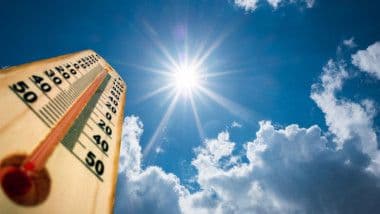
Setting the Scene: A Summer Defined by Extremes
Romania's summer of 2025 has unfolded as a stark testament to the escalating challenges of climate, with August poised to continue this pattern. The latter half of July already plunged much of the country into a fiery embrace, characterized by widespread heatwaves and unprecedented temperatures. Meteorological alerts, ranging from Code Orange to severe Code Red, became a daily reality, particularly for southern and western regions, including the capital, . Reports highlighted peak temperatures soaring to a scorching 41°C in certain areas, transforming daily life into a relentless battle against the heat. This intense period, described by meteorologists as a 'week of fire,' has seen average temperatures significantly exceeding seasonal norms across the nation, especially in the traditionally warmer western and southern plains. Beyond the raw numbers, this initial stretch of summer has been marked by a concerning rainfall deficit across the entire country, setting a challenging precedent for the weeks to come.
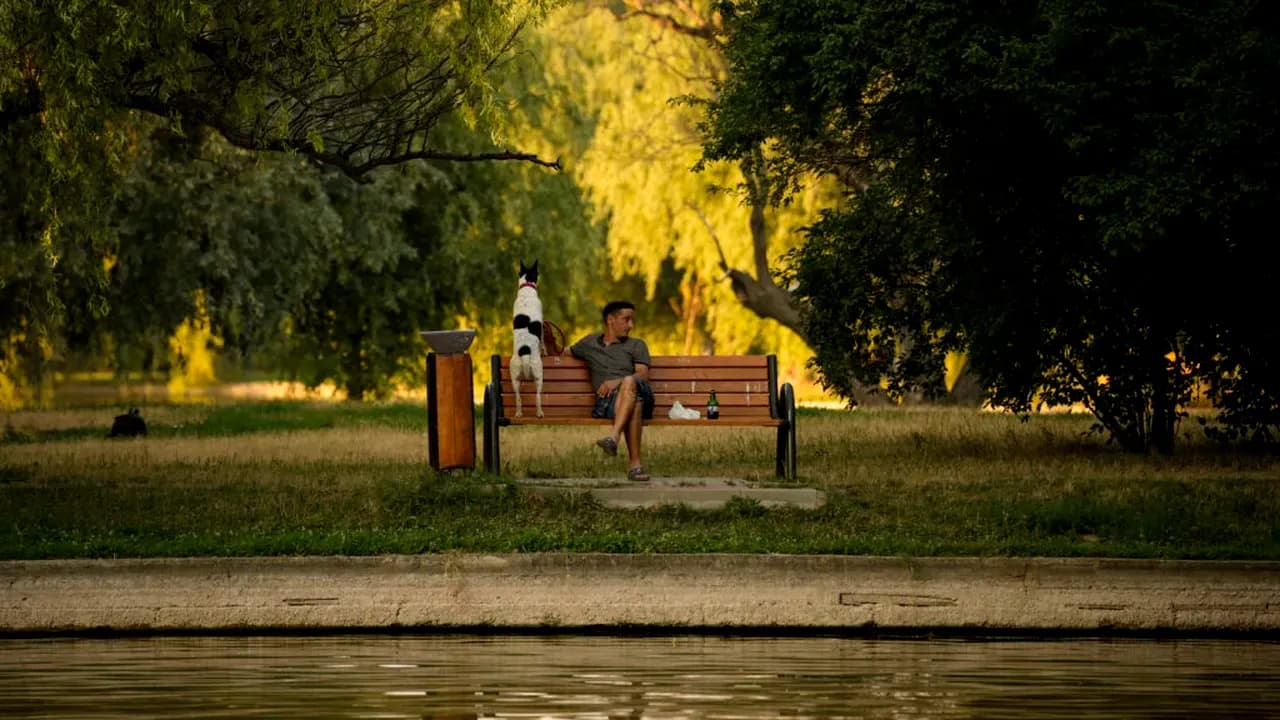
The ANM's Extended Vision: What August Holds
As we navigate deeper into the summer, the has updated its extended forecasts, offering a glimpse into what the remainder of August might entail. While the immediate 'week of fire' from late July was intense, the outlook for August's latter half, specifically from August 11th to 18th, suggests a slight moderation, yet with persistent underlying concerns. Temperatures during this period are anticipated to remain slightly above the typical averages for the southwest, while other regions might experience values closer to their seasonal norms. However, the critical issue of precipitation continues to loom large. Rainfall is projected to remain deficient across the western, southwestern, and central parts of the country. These long-range estimates, provided by the , are based on deviations from the 2005-2024 climate baseline, offering a general trend rather than precise daily predictions. It's an important distinction, as short-duration extreme weather events, like sudden intense storms or isolated heat spikes, remain largely unpredictable by this model.
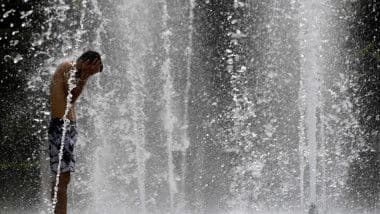
Beyond Degrees: The Real-World Impact of Persistent Heat
When temperatures consistently hover around 40°C, the impact extends far beyond mere discomfort; it infiltrates every facet of daily life. The sheer intensity of the heat, often exacerbated by an African air mass pushing across Europe, poses significant public health risks. Dehydration, heat exhaustion, and even life-threatening heatstroke become real concerns, particularly for vulnerable populations like the elderly, children, and those working outdoors. Cityscapes, like with its famous fountains, become vital, albeit often insufficient, oases in the urban heat island effect. Beyond human well-being, the relentless heat and deficient rainfall place immense strain on critical infrastructure and natural resources. Agricultural sectors face severe challenges from prolonged drought, threatening crop yields and food security. Energy grids groan under increased demand from air conditioning, raising the specter of power outages. This isn't just about 'hot weather'; it's about the systemic pressures extreme conditions exert on society and the environment.
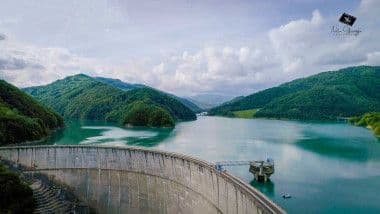
Adapting to the New Climate Rhythm
The recurring patterns of extreme summer heat are no longer anomalies but a 'new climate rhythm' that demands proactive adaptation. On an individual level, simple yet crucial measures become paramount: staying hydrated, seeking shade during peak sun hours, wearing light clothing, and adjusting daily routines to avoid the midday scorch are essential for personal safety. Public awareness campaigns, often initiated by authorities like the through color-coded alerts, play a vital role in informing citizens. From a broader societal perspective, adaptation requires more systemic shifts. Urban planning needs to prioritize green spaces and water features to mitigate the urban heat island effect. Effective water management strategies are critical to conserve dwindling resources amidst deficient rainfall. Furthermore, healthcare systems must be prepared for increased heat-related emergencies, and agricultural practices may need to evolve towards more drought-resistant crops and irrigation techniques. Embracing these adaptive strategies is no longer optional; it's fundamental to building resilience in the face of an increasingly volatile climate.
Looking Ahead: Shifting Patterns and Future Summers
The current August weather serves as a potent blueprint for what future Romanian summers might increasingly resemble. The 's reliance on the 's long-range forecasts, drawing from a baseline period of 2005-2024, implicitly acknowledges a shift in climatic norms. The very act of measuring 'deviations from normal' against a relatively recent historical average suggests that the 'normal' itself is changing. While short-duration extreme events remain difficult to pinpoint precisely, the overall trend points towards hotter, drier summers, particularly in the south and west. This has profound implications for long-term planning across various sectors. How will agriculture adapt to persistent water deficits? What urban infrastructure will be needed to cope with intensifying heatwaves? How will tourism patterns adjust? faces a critical juncture, where understanding these shifting patterns and investing in proactive measures – from sustainable water management to resilient urban design – will be key to navigating the enduring summer challenges that lie ahead.
Related Articles

Decoding the Dog Days: Unraveling France's Tricky August Heat Outlook

Decoding the Dog Days: Unraveling France's Tricky August Heat Outlook
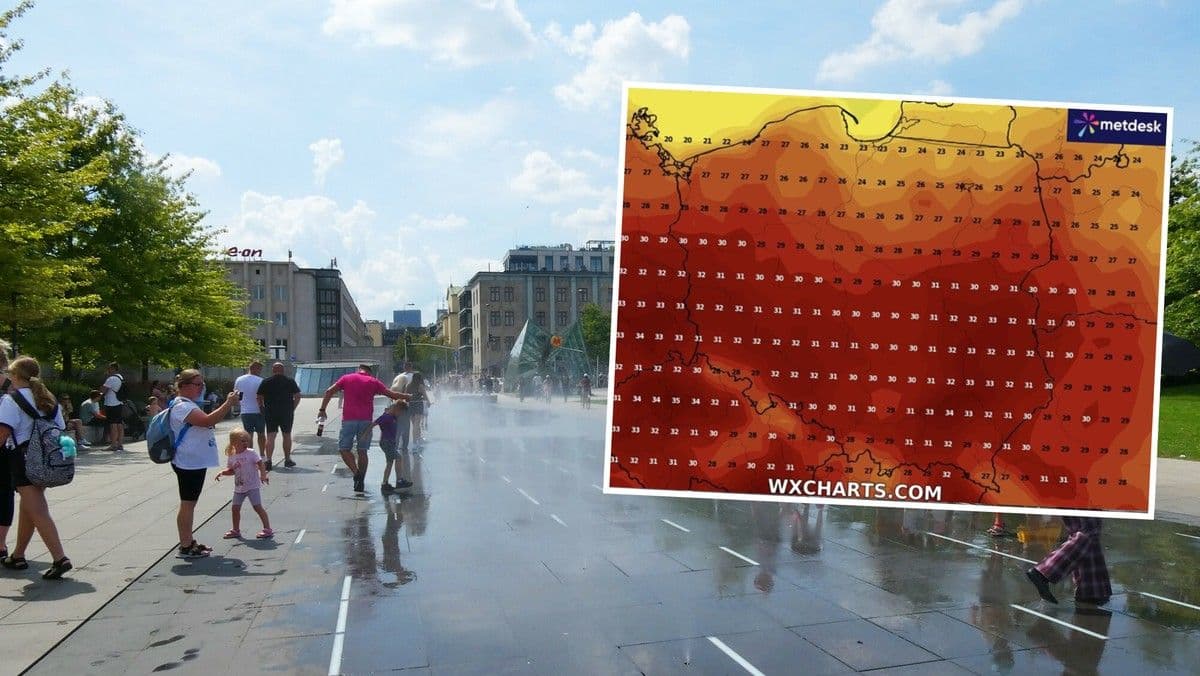
Poland's Fortnight of Flux: Navigating the Extreme Weather Swings

Poland's Fortnight of Flux: Navigating the Extreme Weather Swings

Unveiling the Heat Tapestry: Navigating Serbia's Intensifying Summer Realities

Unveiling the Heat Tapestry: Navigating Serbia's Intensifying Summer Realities

Rewriting the Rhythms: When Extreme Heat Becomes the New Normal
